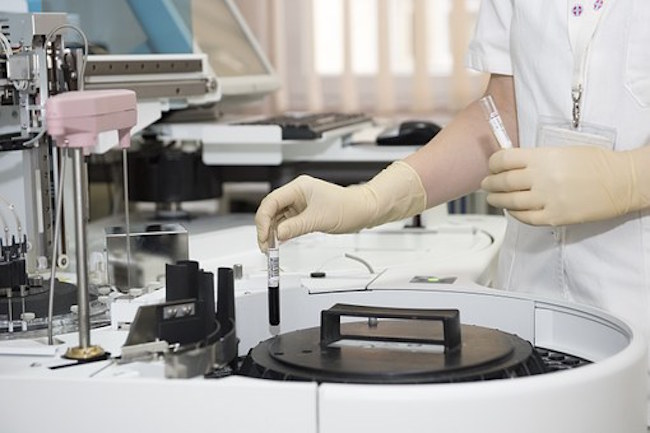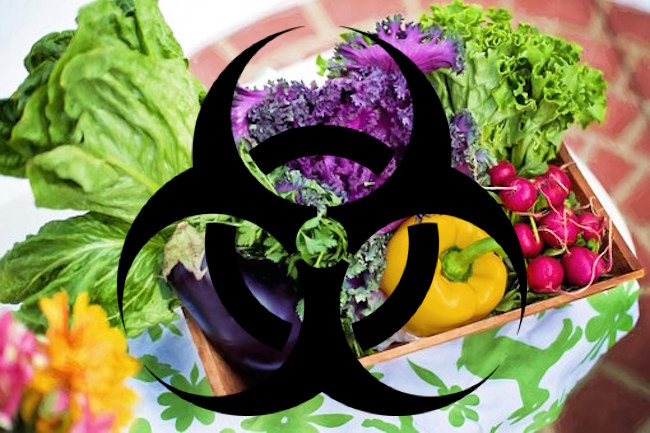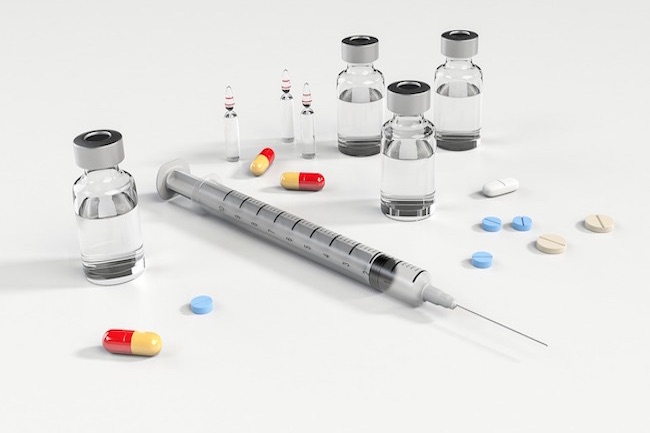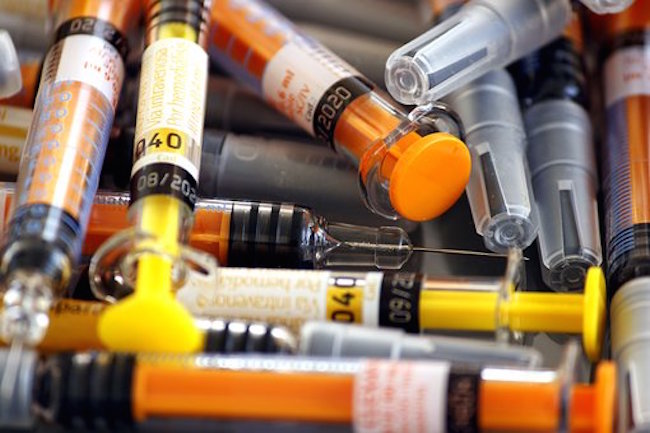Will Smallpox Be the Next ‘Lab Leak’? by Dr. Joseph Mercola
- While attempts have been made to assess the risks posed by research on lethal pathogens, we still know very little. We don’t know the frequency at which lab accidents happen, how often lab accidents result in exposures, or the underlying factors that allow for incidents and exposures
- We also do not know what features might be most effective at mitigating incidents, and we lack answers to basic questions such as fluid dynamics of a spill
- Human error is 100 times more likely to cause an accidental release of a dangerous pathogen than any kind of mechanical failure
- In recent weeks, a number of news reports have hinted at the possibility of a bioterror attack involving smallpox. November 4, 2021, Bill Gates warned about the possibility of a smallpox terror attack during a Policy Exchange future pandemics meeting
- November 3, 2021, the CDC’s Advisory Committee on Immunization Practices reviewed two presentations featuring a newer attenuated live smallpox vaccine called JYNNEOS. Smallpox has also been featured in pandemic exercises such as Operation Dark Winter in 2001
“You should be afraid of the next ‘lab leak.’” So, declares a New York Times headline, November 23, 2021.1 And they may well be correct. In recent weeks, insinuations hinting at a potential smallpox outbreak have circulated in the news, while additional evidence of COVID-19 being the result of a lab leak have emerged.2 As reported by The New York Times:3
“The National Emerging Infectious Diseases Laboratories … in Boston’s South End … has one of the larger collections of Biosafety Level 4 and Biosafety Level 3 labs in the world. These kinds of facilities are where research on the planet’s most threatening pathogens takes place.
Ebola, Lassa, Marburg viruses: All are designated for Level 4 work by the National Institutes of Health, meaning they are both transmissible and highly pathogenic, with few (or no) treatments for those who become infected with them …
In 2015, the NIH commissioned a consulting firm called Gryphon Scientific to do a risk assessment4 of certain types of research at U.S. labs. The result, released in April 2016, was a thousand-page report that concluded, among other things, that experiments to improve the transmissibility of coronaviruses in a lab could ‘significantly’ increase the chance of a pandemic ‘due to a laboratory accident.”
Safety Questions Abound
While the Gryphon report5 concluded that the risk of a pathogen with pandemic potential (PPP) causing a global pandemic was low, the lead author of the report, Rocco Casagrande, a former United Nations weapons inspector, told The New York Times that the list of uncertainties is a long one. In fact, we don’t know much about anything. For example, we do not know:6
- The frequency at which lab accidents happen
- How often lab accidents result in exposures
- The underlying factors that allow for incidents and exposures
- What features might be most effective at mitigating incidents (such as additional training, additional containment equipment or engineering controls)
- Answers to basic questions such as fluid dynamics of a spill (i.e., what happens when a flask is dropped and shattered? How are pathogens dispersed in different kinds of accidents?)
All of these shortcomings mean we don’t even know what we should invest in to make research on PPPs safer. It also suggests the conclusion of the report is more of a guess than a definitive risk assessment. They assume the pandemic risk is low, but it might not be, since they’re making a series of assumptions that may or may not be accurate in the real world.
Secrecy Is Part of the Problem
One reason for this lack of insight is that many biosafety labs are not required to be transparent about what happens inside their walls. Casagrande likens them to “a big black box.” As noted by the NYT:7
“… the most concerning aspect about high-containment biolabs is that, considered as a collective, they may only be as safe as the worst lab among them: A breach or a breakdown at one could imperil us all.”
It stands to reason then that one way to reduce the risk of another manmade pandemic is to demand full transparency. (Of course, the most effective strategy would be to ban PPP research altogether, worldwide, but barring that possibility, transparency and independent review would at least be a step in the right direction.)
Remarkably, we don’t even have a complete list of all biosafety Level 4 (BSL4) labs. Estimates suggest there are 59 in operation around the world, but “there is no official international database keeping track of the labs and no requirement for governments to acknowledge their existence — either publicly or to the World Health Organization,” the NYT writes.8
Three Types of Risks
As explained by the NYT, the risks associated with these BSLs can be broken into three main categories:
- Biosafety — Making sure workers are not exposed to dangerous pathogens through training and containment technologies
- Biosecurity — Ensuring dangerous pathogens aren’t stolen or misused for nefarious purposes
- Cyberbiosecurity — Ensuring data, such as viral genomic data, are not tampered with remotely
Failure in one or more of these areas can have devastating consequences, and such failures can occur either intentionally or accidentally. In addition to these, there’s the most unpredictable danger of all, namely human error.
All the technological safeguards may be in place, but the human element may still negate some or all of them. And, according to Casagrande, human error is 100 times more likely to cause an accident than any kind of mechanical failure.
Smallpox — The Next Threat?
As noted by the Times, there are only two BSL4 labs in the world that hold live variola virus, the virus that causes smallpox, a highly infectious and deadly infection that was declared fully eradicated in 1980. One is the U.S. Centers for Disease Control and Prevention’s BSL4 lab in Atlanta; the other is the Vector Institute’s BSL4 lab in Koltsovo, Russia.9
The original smallpox virus had a fatality rate of about 30%, and the U.S. stopped routine vaccination against it in 1972. The last known outbreak in the U.S. occurred in 1947.10
One of the last known deaths from smallpox took place in 1978. A British medical photographer contracted the infection at a medical school in Birmingham, where she worked. The university had a WHO-related smallpox research lab, which according to an investigation failed to meet the basic guidelines set by the Dangerous Pathogens Advisory Group.
The WHO had ordered the closure of the lab, but four months before its scheduled closure, the photographer, Janet Parker, was exposed. It’s believed she came into contact with the virus “while making telephone calls from a disused office next to her darkroom. This office was linked to Bedson’s animal pox room below a service duct, with access to the duct on each floor provided by inspection panels,” The Desert Review reports.11




